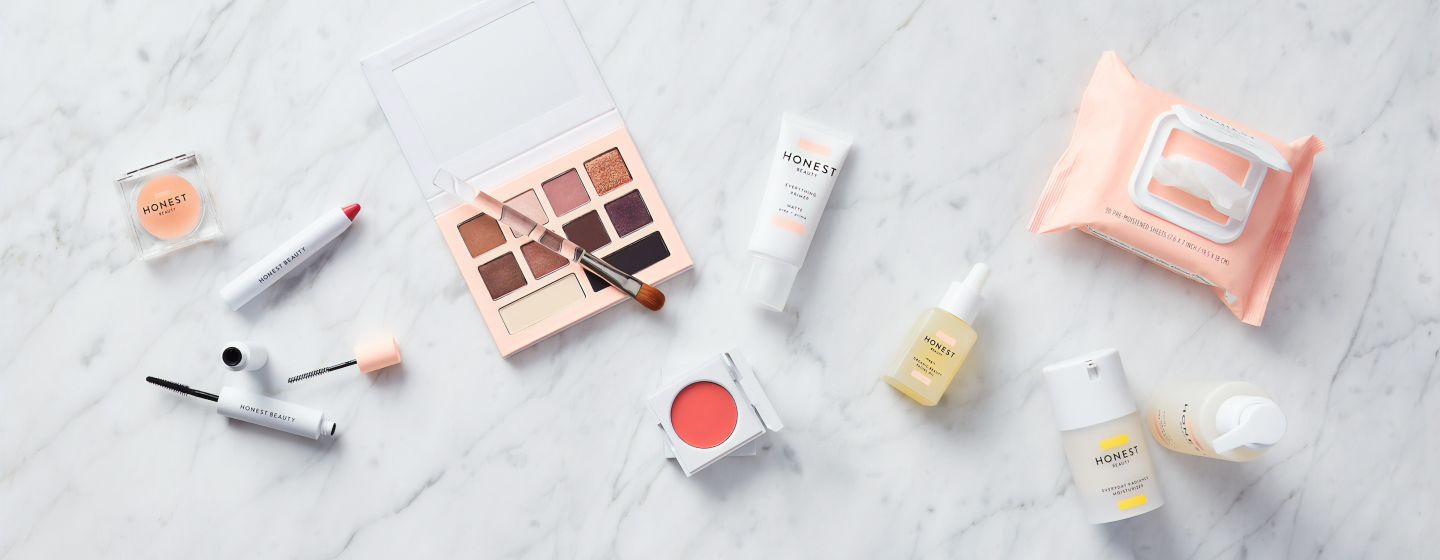What is ABC Product Analysis?
ABC product analysis is a technique used to categorise inventory based on its importance to your business.
ABC analysis helps you focus your efforts and resources on the products that have the most significant impact on your store. It allows you to prioritise inventory management, optimise stock levels, and enhance profitability by ensuring that high-value products receive the attention they deserve.
This method divides products into three categories:
A-Items: High-value products that contribute to a significant portion of your revenue but make up a smaller percentage of your inventory. These items require close monitoring and careful management.
Why? These items are crucial to your business's profitability, so stockouts can lead to substantial revenue loss. Regular inventory checks, secure storage, and frequent reordering are essential.B-Items: Moderate-value products that contribute to a moderate portion of your revenue and inventory. These items need regular attention but not as much as the A-items.
Why? While not as critical as A-items, maintaining a balance in stock levels is important to avoid overstocking or stockouts, which can affect sales and storage costs.C-Items: Low-value products that contribute to a small portion of your revenue but make up a larger percentage of your inventory. These items require less frequent attention and management.
Why? These items have minimal impact on overall profitability, so they can be managed with less frequent reordering and minimal stock levels, reducing storage costs.
Example: ABC Analysis for a Skincare Store
Imagine you own a skincare store. Here's an example of how you could categorise your products based on their revenue contribution over the past 28 days:
A-Items:
Anti-ageing Serum: Revenue - £25,000, contributing 50% of total revenue
Brightening Cream: Revenue - £15,000, contributing 30% of total revenue
Total: 80% of total revenue
B-Items:
Moisturising Lotion: Revenue - £4,000, contributing 8% of total revenue
Cleansing Gel: Revenue - £2,000, contributing 4% of total revenue
Sunscreen SPF 50: Revenue - £1,500, contributing 3% of total revenue
Total: 15% of total revenue
C-Items:
Face Mask: Revenue - £1,000, contributing 2% of total revenue
Lip Balm: Revenue - £750, contributing 1.5% of total revenue
Hand Cream: Revenue - £500, contributing 1% of total revenue
Travel-size Toner: Revenue - £300, contributing 0.6% of total revenue
Sample Pack: Revenue - £200, contributing 0.4% of total revenue
Total: 5% of total revenue
In this example, the A-items (Anti-ageing Serum and Brightening Cream) make up 80% of the revenue, B-items (Moisturising Lotion, Cleansing Gel, Sunscreen SPF 50) contribute 15%, and C-items (Face Mask, Lip Balm, Hand Cream, Travel-size Toner, Sample Pack) contribute 5%. This categorisation helps the store focus on managing and marketing high-revenue products more closely while ensuring moderate and low-revenue products are adequately stocked and promoted.
ABC Ratios
Typical ABC ratios can vary depending on the business, but a common distribution is:
A-Items: 10-20% of the items, contributing to 70-80% of the revenue.
B-Items: 20-30% of the items, contributing to 15-25% of the revenue.
C-Items: 50-70% of the items, contributing to 5-10% of the revenue.
By categorising products in this way, you can prioritise your efforts and resources on the items that have the most significant impact on your store.
How to Use ABC Product Analysis on Shopify
Normally, you may have to manually calculate the rating of each product by calculating the annual consumption value and then sorting the products by the consumption value.
However, if you own a Shopify store then there is already a handy report available for you in the products section of your store.
ABC Product Analysis Report
When you go to your products, you will see that there is an ABC Product Analysis report available to view.

Once you click on it, you will be taken to the report which will provide you with a breakdown of your products and what rating they have been given.
 You can then use the information for the product rating to make informed decisions.
You can then use the information for the product rating to make informed decisions.
Tips for A Grade Products
Here are a few tips and strategies to implement for your A rated products:
Focus on maintaining optimal stock levels and minimising stockouts.
Consider more frequent reordering and closer monitoring of these products.
Implement stricter controls and enhanced security measures for A-grade inventory to prevent damage and theft.
Increase the visibility of A-grade items in your marketing campaigns and content.

Tips for B Grade Products
Here are a few tips and strategies to implement for your B rated products:
Maintain moderate stock levels and monitor these products regularly.
Balance between not overstocking and avoiding stockouts.
Apply A-grade tactics to products occasionally so that they can eventually achieve an A grade.
Promote B-grade products through bundling or as add-ons to A-grade offerings
Tips for C Grade Products
Here are a few tips and strategies to implement for your C rated products:
Keep minimal stock levels and reorder less frequently
These items require less attention and can tolerate longer lead times.
Consider stopping ordering C-grade products unless they serve a distinct purpose for your business.
If you have significant C-grade product stock in your warehouse, consider discounting or putting these items on sale in order to make more room for A-grade products.
Review ABC Product Analysis Regularly
ABC product analysis is not a one-time task. Regularly review and update your product categories to reflect changes in sales patterns, market trends, and customer preferences. This will help you stay agile and responsive to your business needs.
Viewing the ABC Product Analysis report on Shopify every few months can also help you understand if products are changing grades and what the rating ratio is.
ABC product analysis is a valuable tool for your Shopify store. With Shopify's built in analysis, it is now much easier to understand the performance of your products and know which products need to be paid more attention and where best to spend your time to increase your store's profitability.



